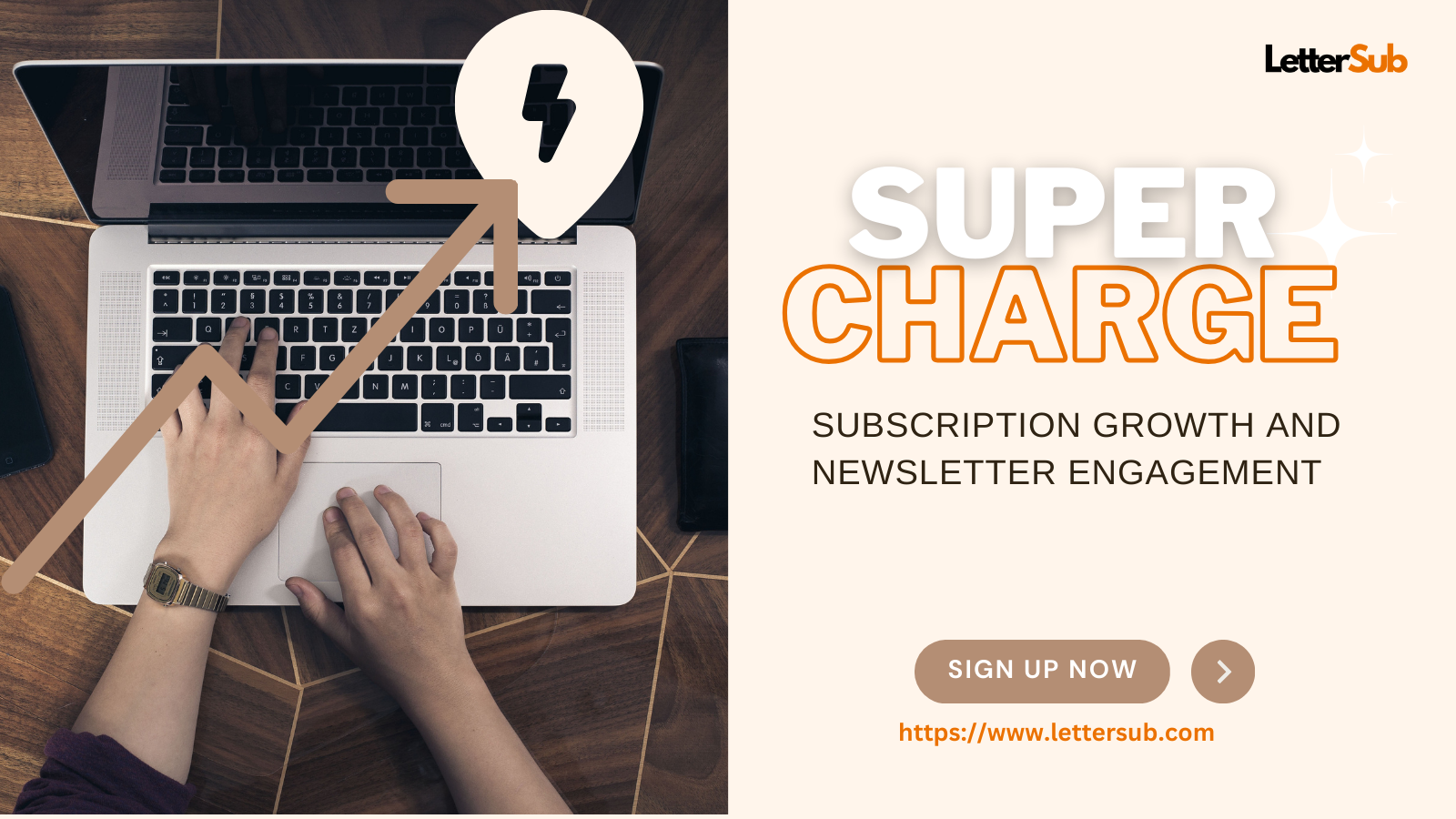From Scratch to Success: 15 Foolproof Ways to Build and Grow Your Newsletter Subscriber List

If you're new to newsletters, one of the most important steps to take is building an engaged subscriber list. A solid subscriber list is the foundation of a successful newsletter, helping you connect directly with your audience, promote your ideas, and even boost your business.
At LetterSub, we focus on helping you grow your newsletter’s visibility and connect with like-minded people who share your passion. Once you’ve built your subscriber list and started publishing, LetterSub can amplify your reach, making it easier to showcase your content to a wider audience.
In this blog, we’ll guide you through 15 actionable strategies to build your newsletter subscriber list from scratch. These beginner-friendly steps will help you grow an engaged audience and kickstart your newsletter journey.
Create a Valuable Lead Magnet

What it is
A lead magnet is something of value that you offer your audience in exchange for their email address. This could include free resources like an e-book, checklist, video tutorial, webinar, or a discount code for a product.
The key to an effective lead magnet is ensuring it solves a specific problem or fulfills a need for your target audience. For example, if you run a travel newsletter, you might offer a free "Top 10 Packing Tips Checklist." Your audience will feel they’re getting a valuable resource while you gather email addresses for your list.
Why it works
Lead magnets work because they create an immediate win-win situation. People are more likely to provide their email address if they feel they’re receiving something worthwhile in return.
It also establishes trust and positions you as an expert in your niche, increasing the likelihood they’ll engage with future emails. Lead magnets make the signup process feel more rewarding and meaningful, reducing hesitation. Once subscribers join, they are already invested in the value your content provides.
Example
Imagine running a fitness newsletter. You create a free "7-Day Home Workout Guide" as your lead magnet. Promote it on your website, social media, and ads with a call-to-action like: "Start your fitness journey today! Download your free guide now." Subscribers receive the guide, and you grow your list with people genuinely interested in fitness tips.
Add a Signup Form to Your Website
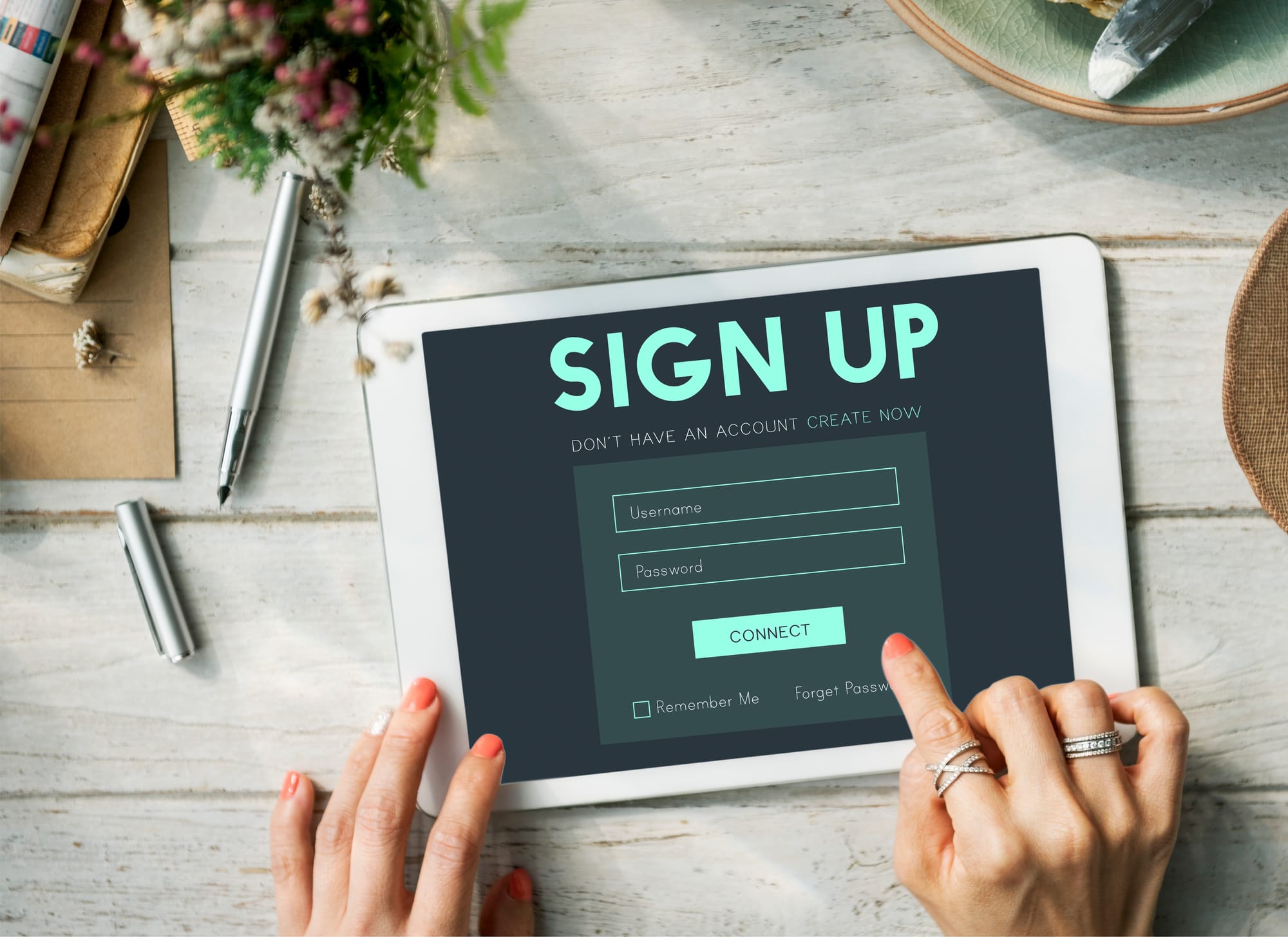
What it is
A signup form is an embedded tool on your website that collects email addresses. These forms are typically placed on key pages like your homepage, blog sidebar, or a dedicated "Subscribe" page. Some sites use pop-ups to grab the visitor's attention while others use sticky headers or footers.
The form should be simple and ask only for the information you need (usually just the email address and perhaps the name). Adding a compelling call-to-action (CTA) on the form, like "Join our community today!" makes it more effective.
Why it works
Visitors who land on your website are already interested in your content, so offering them a simple way to subscribe helps you capture that interest. A strategically placed signup form ensures that potential subscribers don’t leave without giving you a way to stay connected.
By offering brief but clear descriptions of what they’ll get (e.g., "Weekly tips and insider news"), you’re incentivizing them to join. Signup forms also work passively—you don’t have to do anything except set them up and let them do their job. A visually appealing design and straightforward process make a big difference.
Example
Let’s say you run a cooking blog. On your homepage, you add a signup form with the headline: "Love Cooking? Subscribe for Weekly Recipes and Tips!" Beneath the CTA, you include a description like, "Join 5,000+ food lovers who get our exclusive recipes straight to their inbox." This simple but effective form captures the interest of casual visitors and turns them into engaged subscribers.
Offer Exclusive Content to Subscribers

What it is
Exclusive content is material or perks that are available only to those who subscribe to your newsletter. This could include behind-the-scenes updates, early access to products, bonus articles, or subscriber-only webinars.
The goal is to make your audience feel special by offering them something that isn’t accessible to the general public. This exclusive access is often the main reason people subscribe, as they value getting "insider" content. Over time, this strategy builds loyalty and strengthens your connection with your audience.
Why it works
People love feeling like they’re part of a special group or getting something others can’t access. This sense of exclusivity creates urgency and FOMO (fear of missing out), motivating people to join your list. Exclusive content also gives your subscribers a tangible reason to stay engaged with your newsletter.
It shows that you value their support and are willing to go the extra mile to provide meaningful content. This strengthens trust and keeps your audience coming back for more.
Example
A photography blogger might send out a "Subscriber-Only Photo Editing Tips" guide each month. Promote this exclusivity with a CTA like, "Sign up to get tips only our subscribers receive." Subscribers will feel they’re getting access to professional advice not available on your public blog or social media.
Leverage Social Media
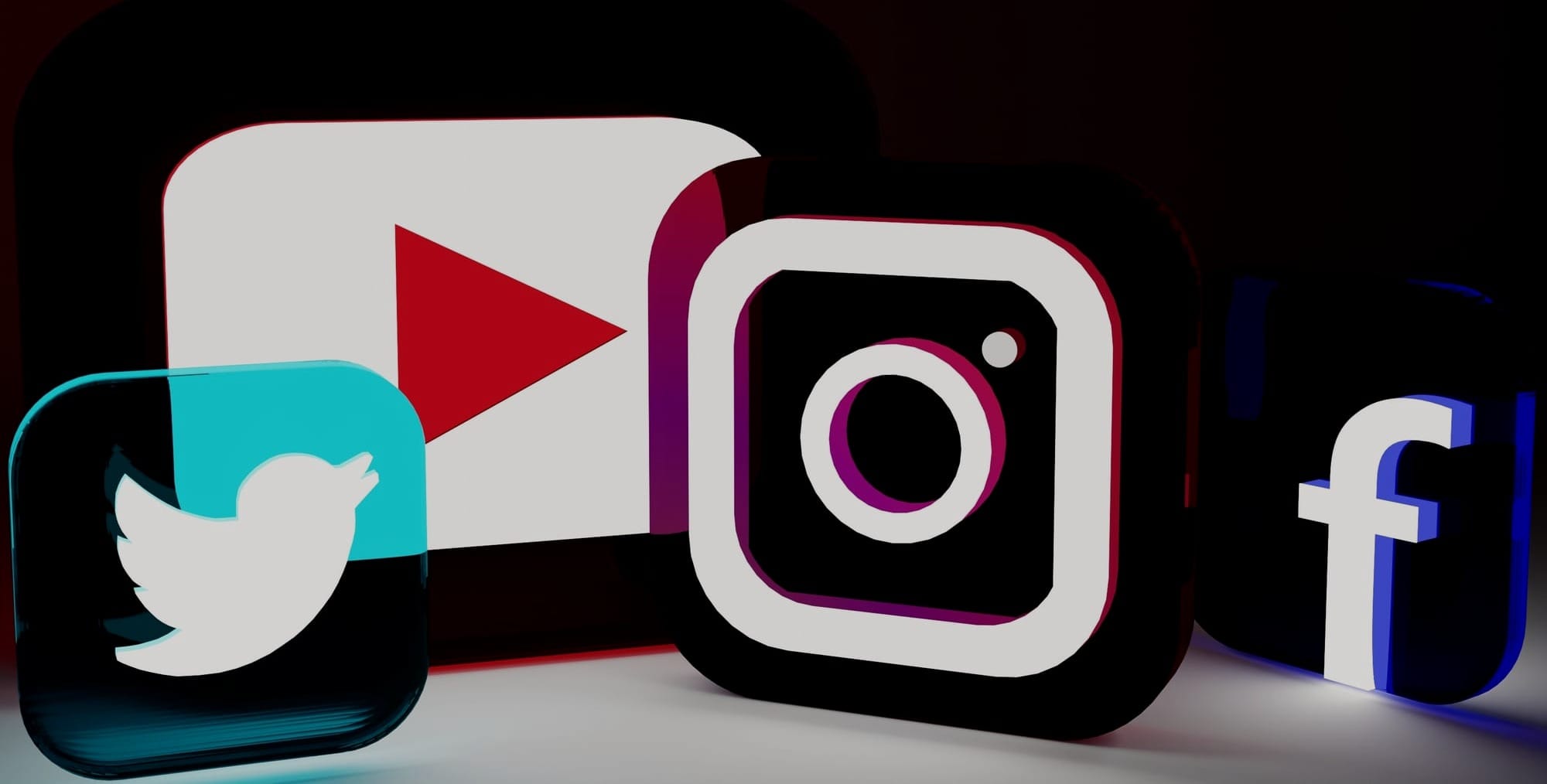
What it is
Social media is a powerful tool to promote your newsletter and attract new subscribers. Platforms like Instagram, Twitter, and LinkedIn can help you share your content and direct people to your signup page.
You can create engaging posts, reels, or stories that highlight the value of your newsletter. Add clear CTAs in your bio, captions, or posts, such as "Click the link in bio to subscribe!" or "Sign up now for exclusive content." You can also engage with your audience through comments or direct messages to build connections.
Why it works
Social media allows you to meet potential subscribers where they already spend time. By consistently sharing engaging content, you can create curiosity about your newsletter and encourage people to join. Social platforms make it easy to showcase snippets of what subscribers will receive, building interest over time.
These platforms also help you reach audiences beyond your current followers through hashtags, collaborations, and paid ads. When done correctly, social media promotion turns casual followers into loyal subscribers.
Example
If you run a travel newsletter, post a carousel on Instagram titled "5 Hidden Gems in Italy" with a final slide saying, "Want more travel tips? Subscribe to my newsletter!" Include the link in your bio or swipe-up link in stories for easy access. People who love your travel posts will be motivated to subscribe for more content.
Here's a blog post that can help you promote your newsletter on social media platforms:
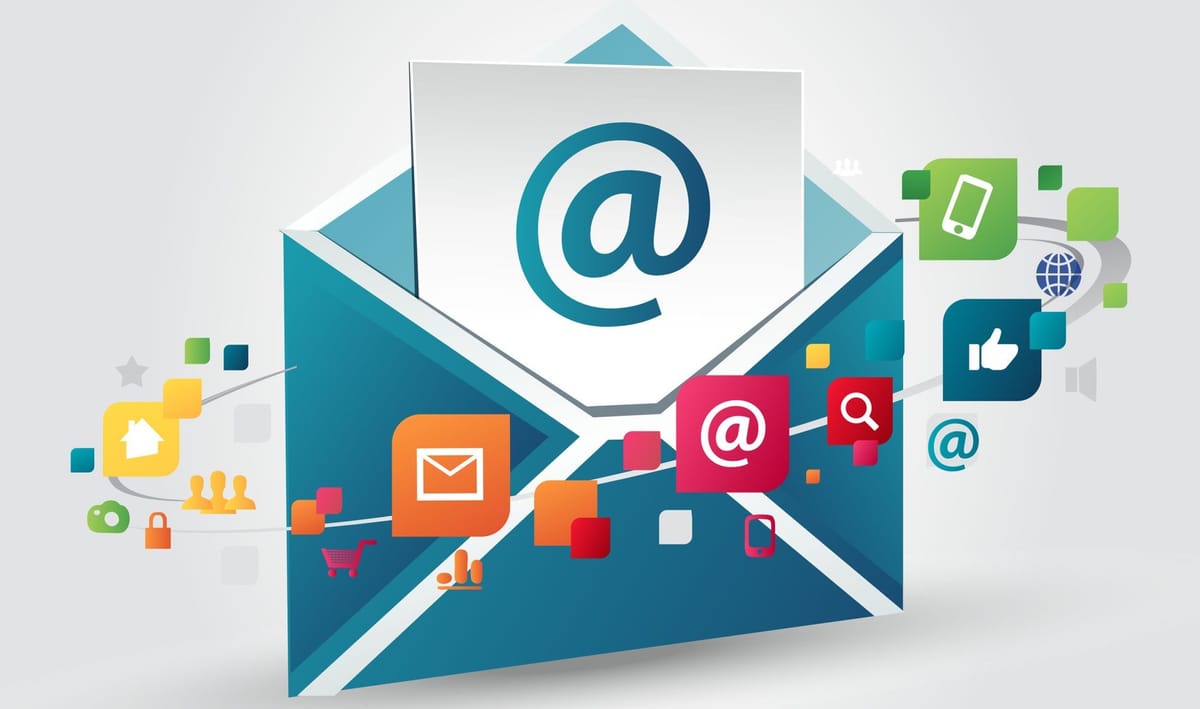
Run a Giveaway or Contest

What it is
A giveaway or contest is a promotional event where participants can win a prize by completing specific actions, such as subscribing to your newsletter. The prize should be relevant to your niche to attract the right audience. You can promote your giveaway on social media, your website, or through partnerships with other creators.
The entry process should be simple and make it clear that subscribing is part of the requirements. Popular platforms like Rafflecopter or Gleam make organizing contests easy.
Why it works
Giveaways are an excellent way to attract a large number of subscribers quickly. By offering an appealing prize, you incentivize people to sign up for your newsletter. If the prize aligns with your audience’s interests, you’re more likely to attract people who genuinely care about your content.
Giveaways also generate excitement and buzz around your brand, increasing visibility. Even after the giveaway ends, you’ll have a larger email list to engage with and convert into loyal subscribers.
Example
Suppose you run a fashion newsletter. Host a giveaway for a $100 gift card to a trendy clothing store, promoting it with a CTA like, "Want to win? Subscribe to our newsletter and enter today!" Announce the winner in your newsletter to encourage readers to stay subscribed for future opportunities.
Collaborate with Other Creators or Brands

What it is
Collaboration involves partnering with other creators, bloggers, or brands to expand your reach and promote your newsletter. This can include cross-promotions, guest blogging, or even co-hosting webinars or giveaways.
The key is to collaborate with someone whose audience aligns with your target subscribers. For example, if you run a fitness newsletter, you could partner with a nutritionist who shares similar values. Collaborations not only give you exposure but also establish credibility through association with others in your niche.
Why it works
Collaboration allows you to tap into an existing audience that’s already interested in your type of content. It’s a powerful way to build trust, as recommendations from a trusted source carry significant weight.
By working with another creator, you expand your reach without starting from scratch. Collaboration also fosters mutual benefits—both parties grow their audiences while providing value to their communities. It’s a win-win strategy for growth.
Example
Imagine you run a newsletter on productivity tips. Partner with a time-management coach to create a co-branded free webinar titled "5 Hacks to Master Your Schedule." At the end of the session, both of you promote your newsletters with an incentive, such as a downloadable checklist. This collaboration not only helps you gain new subscribers but also strengthens your relationship with your partner’s audience.
Use Call-to-Actions (CTAs) in Your Content

What it is
A call-to-action (CTA) is a clear prompt that tells your audience what to do next, like signing up for your newsletter. CTAs can be integrated into various touchpoints, such as blog posts, social media captions, videos, or even within your existing emails.
Phrases like "Subscribe now to stay updated!" or "Sign up to get exclusive tips straight to your inbox" can be highly effective. CTAs should highlight the benefits of subscribing and make the process feel urgent or rewarding.
Why it works
CTAs guide your audience toward taking action, eliminating any confusion about what they should do next. They work because they tap into a reader’s desire for value, convenience, or exclusivity.
When paired with compelling language, a good CTA makes your newsletter irresistible. Additionally, CTAs act as a bridge between your content and audience engagement, converting casual readers into loyal subscribers. Clear and well-placed CTAs can significantly boost your signup rate.
Example
You write a blog post about self-care strategies and add a CTA at the end: "Want more tips to prioritize yourself? Subscribe to my newsletter for weekly self-care hacks and motivation!" Readers interested in your content will feel encouraged to take the next step, especially if they enjoyed the article.
Host a Free Webinar or Event

What it is
A free webinar or event is an interactive session where you share valuable insights, tips, or knowledge related to your niche. Attendees register for the event by providing their email addresses, which builds your subscriber list.
Webinars can be live sessions or pre-recorded, and topics should align with your audience's needs or interests. For example, if you run a marketing newsletter, you could host a session on "5 Strategies to Grow Your Brand Online." The key is delivering actionable value to keep attendees engaged.
Why it works
Webinars are highly effective because they provide immediate value while allowing you to showcase your expertise. People who attend are more likely to trust you and stay connected by subscribing.
Live events foster real-time interaction, which builds rapport and a sense of community. They also offer an opportunity to promote your newsletter organically, as attendees already see you as a trusted source of information. Hosting a free event gives your audience a taste of what your newsletter delivers.
Example
If you run a personal finance newsletter, host a free webinar titled "How to Save $1,000 in 30 Days." During the session, offer practical tips and strategies, and at the end, invite participants to subscribe for more exclusive financial advice. Include a bonus lead magnet, such as a savings tracker, to further encourage signups.
Optimize Your Landing Page

What it is
A landing page is a standalone webpage designed to promote your newsletter and capture email addresses. It typically includes a strong headline, a description of what subscribers can expect, and a signup form.
The page should be visually appealing and optimized for both desktop and mobile devices. Adding testimonials, success stories, or previews of your content can make it even more compelling. A well-crafted landing page acts as a dedicated space to convert visitors into subscribers.
Why it works
Landing pages work because they remove distractions and focus solely on converting visitors into subscribers. Unlike a standard website, a landing page is designed with one goal in mind—getting people to sign up.
When you provide a clear value proposition and make the process easy, visitors are more likely to take action. Well-designed landing pages also improve your SEO and ad campaigns, driving more targeted traffic. The better your landing page, the higher your conversion rate.
Example
You create a landing page for your health and wellness newsletter with the headline: "Get Healthy, Stay Happy: Weekly Wellness Tips Straight to Your Inbox!" Include bullet points listing benefits (e.g., "Simple meal plans," "Easy workout ideas," "Stress-busting tips") and a glowing testimonial from a subscriber. End with a signup form and a CTA like, "Join 10,000+ readers today!"
Promote Your Newsletter Through Guest Blogging

What it is
Guest blogging involves writing articles for other blogs or websites in your niche to showcase your expertise and drive traffic back to your newsletter. At the end of your guest post, you typically include a bio or link inviting readers to subscribe to your newsletter.
This strategy helps you reach a broader audience that might not otherwise find you. By contributing valuable content to well-established platforms, you position yourself as an authority in your field.
Why it works
Guest blogging works because it introduces your newsletter to an audience that already trusts the host platform. By providing high-quality, relevant content, you pique readers’ interest and encourage them to learn more about you.
This strategy builds credibility and drives organic traffic to your signup page. Additionally, guest blogging enhances your SEO by generating backlinks to your website. Partnering with respected sites helps you grow your audience quickly.
Example
If you run a newsletter about sustainable living, write a guest post for an eco-friendly blog titled "10 Easy Ways to Reduce Plastic Waste." In your author bio, add a CTA like, "Loved these tips? Subscribe to my newsletter for more sustainable living advice delivered weekly!" This method not only builds your list but also boosts your visibility in the niche.
Drive Signups using your Social Network audience

What it is
Social networks or social media platforms like Instagram, Facebook, LinkedIn, and Twitter can serve as powerful tools to grow your email list. By creating engaging posts that highlight the value of your newsletter, you can direct followers to your signup page.
Examples include sharing teasers, behind-the-scenes content, or snippets from your newsletter. You can also add direct signup links in your bios, stories, or posts. Social media offers multiple opportunities to get creative and attract your ideal audience.
Why it works
Social media works because it’s where people spend their time. You can reach a broad and engaged audience while targeting specific demographics. It’s especially effective for building personal connections with your followers and giving them a preview of your newsletter content.
Regular promotion combined with valuable content helps establish trust, making people more likely to subscribe. Social media also allows for interactive engagement, such as polls or Q&A sessions, that draw attention to your newsletter.
Example
Imagine you run a newsletter about photography tips. Share a visually striking post on Instagram with the caption: "Want more tips on how to take perfect golden hour shots? Subscribe to my newsletter and get exclusive tutorials every week. Link in bio!" Add a call-to-action in your stories, showcasing your latest issue with a "Swipe Up" link for easy signup.
Use Pop-Ups on Your Website

What it is
Pop-ups are small windows that appear on your website, encouraging visitors to take a specific action—such as signing up for your newsletter. These can be triggered by user actions, like scrolling or attempting to leave the page.
A well-designed pop-up clearly explains the value of subscribing and includes a simple form for capturing email addresses.
Why it works
Pop-ups are effective because they grab your visitor’s attention at the right moment. They convert passive readers into active subscribers by offering immediate benefits or incentives.
When designed well, they don’t feel intrusive but instead create a sense of urgency, prompting users to take action before leaving your site. With strategic placement and timing, pop-ups can significantly boost your email list growth.
Example
Suppose you run a cooking blog. When a visitor scrolls halfway through your recipe, a pop-up appears: “Love easy-to-follow recipes like this one? Subscribe now to get 3 bonus recipes sent straight to your inbox!” The visitor sees the value and signs up before finishing the post.
Engage with Online Communities and Forums

What it is
Joining online communities or forums related to your niche allows you to share your expertise and naturally promote your newsletter. Platforms like Reddit, Quora, and niche-specific Facebook groups are great places to start.
By answering questions or engaging in discussions, you can position yourself as a trusted resource while subtly inviting people to subscribe to your newsletter.
Why it works
Online communities are full of people actively seeking information and solutions in your niche. By providing valuable advice or insights, you build trust and credibility with a highly targeted audience.
This personal engagement often converts curious readers into loyal subscribers. It also gives you insight into the kind of content your audience finds most helpful, helping you refine your newsletter.
Example
If you write a newsletter about digital marketing, join a marketing-focused Facebook group. Share a helpful post on “Top 5 Tools for Social Media Growth.” Conclude with: “I share tips like this and more in my weekly newsletter. Feel free to subscribe if you’re interested!” This non-intrusive approach attracts people who already value your expertise.
Leverage LetterSub for Promotion
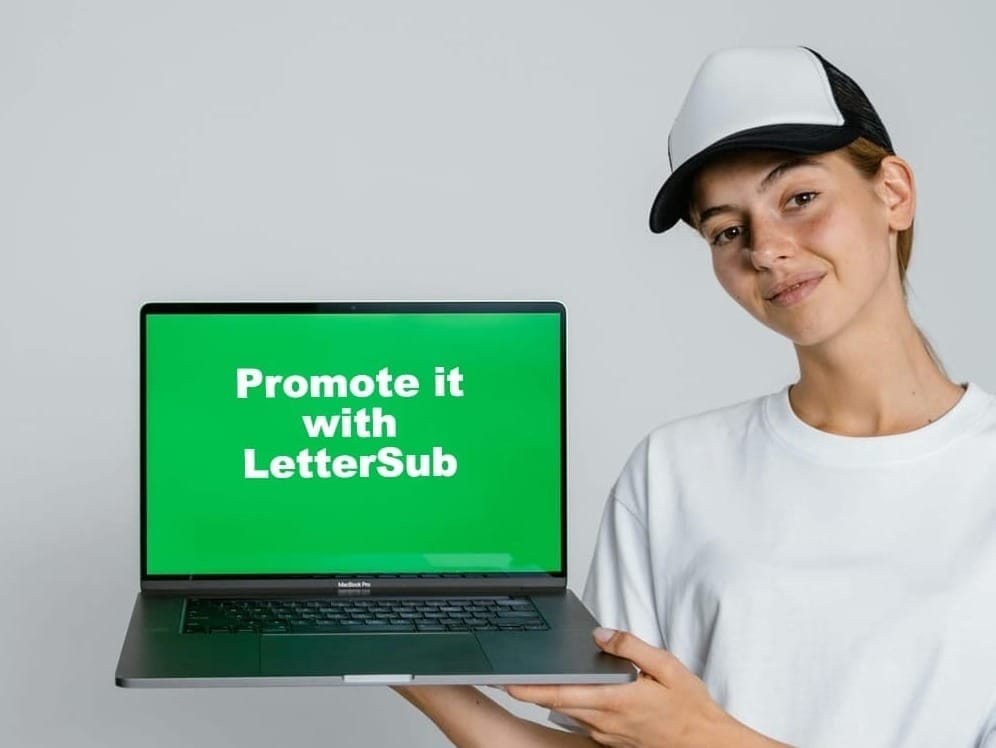
What it is
LetterSub is a platform that helps creators promote their newsletters and connect with a wider audience. Unlike traditional newsletter platforms that focus on design and templates, LetterSub is all about visibility.
You can list your newsletter, interact with other creators, and attract subscribers who are actively seeking valuable content in your niche.
Why it works
LetterSub works because it provides a community-oriented space where newsletter creators and readers meet. It’s an ideal place to get your newsletter discovered by a relevant and engaged audience.
The platform helps you stand out and expand your reach without needing to invest heavily in advertising. It’s particularly helpful for beginners looking for organic ways to grow their subscriber base.
Example
Imagine you have a newsletter about home organization tips. You create a profile on LetterSub and add your newsletter to their directory. Write a compelling description: “Learn how to declutter and organize your home in 5 minutes a day—subscribe for practical tips that make a difference!” As people browse LetterSub, they discover your content and sign up.
Building a newsletter subscriber list from scratch may seem challenging, but these strategies make it achievable and even fun. Start with one or two methods that align with your goals and scale up as you grow.
When your newsletter is ready, don’t forget to take it to the next level with LetterSub—a platform that helps you showcase your newsletter to a wider audience and connect with a passionate community. Ready to grow your subscriber list and make your newsletter a success? Let’s get started!
